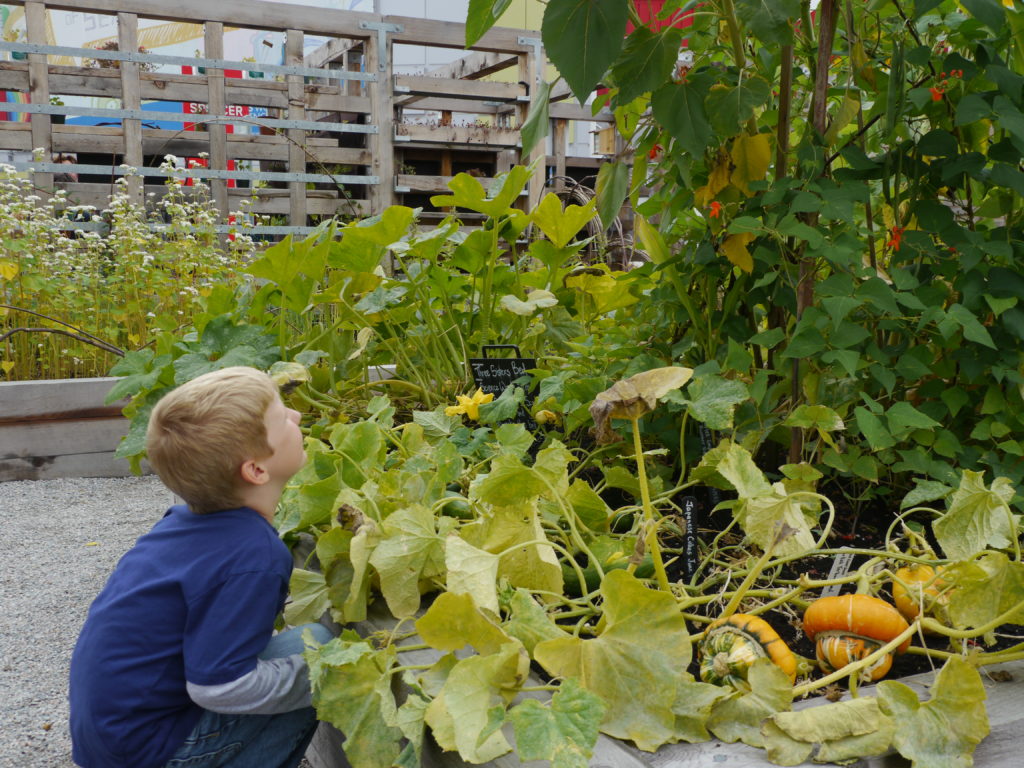In this place-based experiential activity, students actively explore the diversity of insects found right below their feet.
Biodiversity refers to the variety of living species on Earth, including plants, animals, bacteria, and fungi. Biodiversity is measured by looking at the number of different organisms found in a specific area and the number of each type of organism present. It is usually recorded for a particular habitat or ecosystem as a biodiversity survey.
Biodiversity is a widely used tool for estimating the complexity, stability, and thus general health of an ecosystem. A variety and balance of all the different kinds of organisms (not just a high number of organisms) contributes to a healthy environment. A uniform population of a single species adapted to a particular environment is more at risk if environmental changes occur. A more diverse population consisting of many species has a better chance of including individuals that might be able to adapt to changes in the environment.
Biodiversity index
The biodiversity index describes the amount of species diversity in a given area. A simple biodiversity index is calculated as follows: number of species in the area ÷ total number of individuals in the area = biodiversity index
Example 1: let’s say an environment has three different organisms A, B, and C.
- If there were 24 A organisms, 2 B organisms, and 4 C organisms, this environment would be low in biodiversity.
- If there were 10 A organisms, 10 B organisms and 10 C organisms, then the environment would be considered higher in biodiversity.
Example 2:
- a 4 X 4 meter square area in a carrot patch has 300 carrot plants, all the same species. It has a very low biodiversity index of 1/300, or 0.003.
- A 4 X 4 meter square area in the forest has 1 pine tree, 1 fern, 1 conifer tree, 1 moss, and 1 lichen, for a total of 5 different species and 5 individuals. The biodiversity index here is high, 5/5 = 1.
 copy.jpg)

